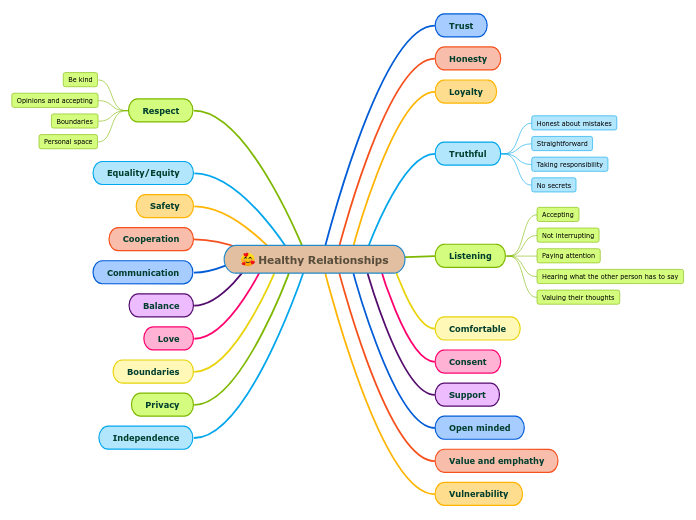Always make the student feel they are respected and they are a learner
FYI: Having duo lingual books in the classroom allows ELL student easily make an association of their first language and English which helps speeds up fluency.
How To Help Our English Language Learners in Stage 1 (L1)Once the students are assessed, they will be placed according to the ESL/ESL program. The program will be divided into three stages L1, L2, L3. L1 is the first stage of the program.
Once student are assess, they will be placed according to ESL/ESL program. The programe will be divided into three stages L1, L2, L3. Li is the first stage of the program.
How can teachers support parents with raising a bilingual Child?
Connect parents with community services. There are special community service agency that can help parents find housing, job and school for their child
Have parents come and participate in multicultural events at school. Before doing so make sure the event is not on the special religious day for the families and they can make arrangements for child care. Have Interpreters at the special events
Educate parents about the importance of bilingualism and encourage them to speak, read and writing in their own language for their child to see
STRATEGIES To SUPPORT L1 Students
Have students use iPad or laptops to help them translate words
Have the student start writing simple sentences
Have students label and copy personal information to images, symbols and printed words to convey meaning
Allow student to write in own language to have them get their ideas expressed and then translate it later
Pre-teach unfamiliar words before reading
Read to student aloud as often as you can and look at signs and posters in duo language
Go to the library and get dual language books or look online for duo language books
speaking
Allow the student to speak in own language and have them work with student of the same culture or in a small group
Teach students simple essential phrases in English to student
Use images and objects to illustrate content
Say things in different ways
Use simple vocabulary to introduce new a topic
When speaking speak clearly and pause often
Benefits of using A Dual Language Approach to support L1 Students
Students will expand career opportunities
students develop an awareness of global issues
students understand cultural and family values
students will experience a sense of cultural stability and continuity
students can communicate with family members
students develop problem-solving
students develop mental- flexibility
Who Are ESL stage 1 (L1) students?
L1 students are students who are new to Canada and they do not speak, read, write English. It can also be students who not have limited school and haven't develop academic skills such as reading and writing
What do L1 students have to learn?
Writing
When reading point out images and match it to the written word to help the student make association
Start writing simple sentences
labelling and copying personal information to images, symbols and printed words to convey meaning
begin to know use writing as a tool to express self
Reading
gain understanding mainly from pictures and gradually progress to high-frequency words, simple sentences and a variety of simple text
learn basic vocabulary and become familiar with conventions of print ( text is reading from left to right)
Listening & Speaking
often understand more than they can produce so you have to let them have opportunities to see and hear more things and experience different things
begin to communicate in single words or phrases
learn new vocabulary and short sentence structure









